What are pepperoncinis?
Pepperoncini comes from the name peperoncino, which is the generic Italian name for hot chili peppers. People also call these peppers golden Greek, Tuscan, or sweet Italian peppers. Pepperoncini are very common in Greece and Italy, where they are known as both “peperone” and “friggitello.”
You can commonly find pepperoncini in Mediterranean diets, served as a pickled condiment on sandwiches and antipasto platters.
Fermented Pepperoncini versus Banana Peppers
Banana peppers and pepperoncini are not the same things. Pepperoncini are smaller, hotter, and come in a variety of colors. Like most peppers, the fruit is first green or yellowish-green and then ripens to red. So you’ll find both green and red pickled pepperoncini in stores, although green is the most common.
Banana peppers can be an excellent substitute for pepperoncini peppers, but they are unique in their own right. Banana peppers are lighter, bigger, and milder than pepperoncini, and both are fantastic when preserved via fermentation.

Pepperoncini Pronunciation
I know some of you might be wondering how to say “pepperoncini.” It’s pretty straightforward; you say it just like it is spelled, peh·pr·uhn·chee·nee. Click here to hear a pronunciation on youtube.
Fermented Pepperoncini Recipe
I adapted this fermented pepperoncini recipe from my basic fermented pepper recipe that you can find in our Learn How to Ferment Any Pepper blog.
These fermented pepperoncini taste similar to pickled peppers but have a deeper umami flavor. Fermented peppers last for a long time in the fridge. I’ve kept fermented peppers in my fridge for over two years, and they are still good. They’re quite delicious, so I don’t think you need to store them for that long.
The other thing I love about fermented peppers is all the health benefits! Fermented pepperoncini peppers are so good for you! They contain bioavailable vitamins and minerals along with many probiotic bacteria, and these peppers are exceptionally high in vitamin A and vitamin C.
Here are the ingredients and supplies you need to make this recipe:
- Italian sweet peppers
- 32 ounce Wide Mouth Mason Jar
- Fermentation Weight
- Standard Metal Mason Jar Lid (this can rust in the presence of salt)
- OR Rust Free Plastic Lid
- or you can use a Weck Jar (without the gasket; only use the clips to secure the lid)
- Sea Salt
- Scale
- Mixing Bowl
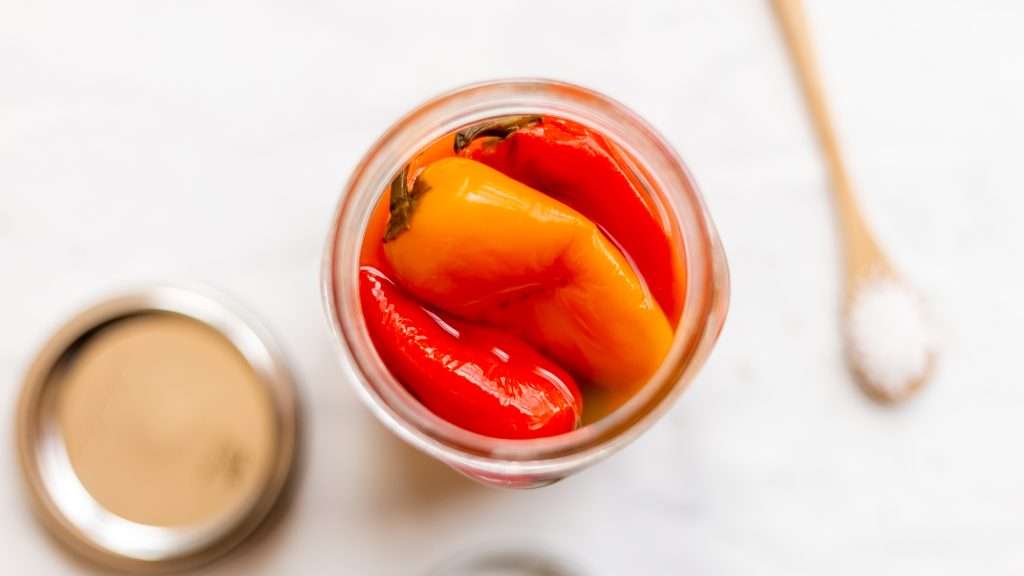
The Best Salt-to-Water Ratio for Fermenting Peppers
I always suggest using at least 3.5% total salt concentration when fermenting peppers, but that’s just the minimum. The flavor is fantastic when I use 4.5% to ferment pepperoncini.
It’s important to note here that this is the total salt concentration, so I add 4.5% of the weight of water and peppers in salt. To learn more about safely using salt in fermentation, visit our Complete Guide to Safely Using Salt in Vegetable Fermentation blog.
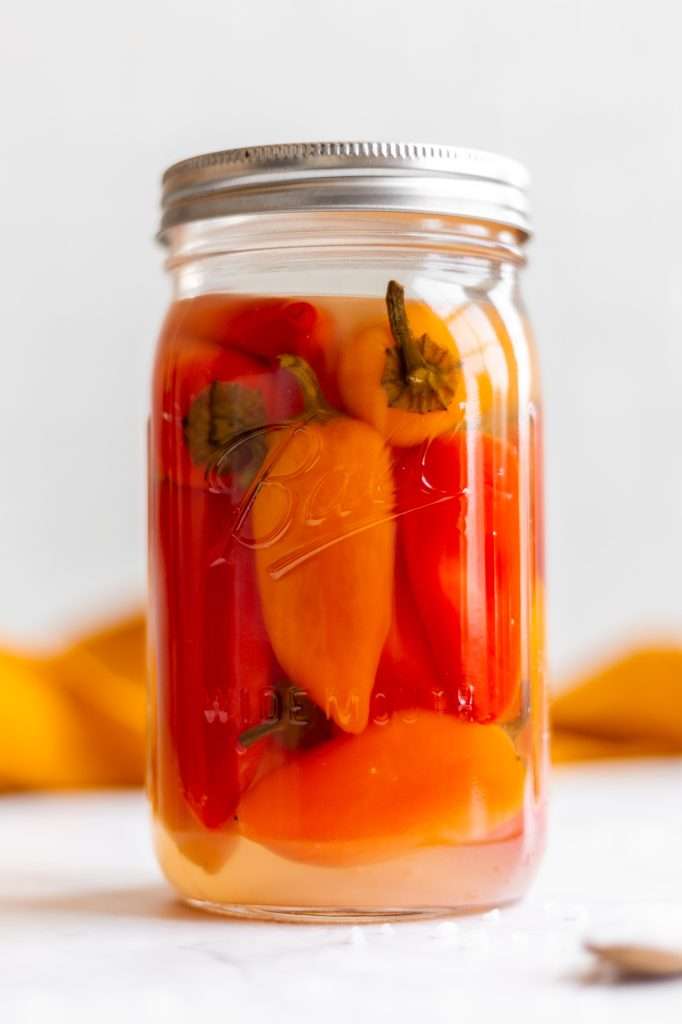
What to do With Fermented Pepperoncini?
Once you’ve made these fermented pepperoncini, there are many fun ways to enjoy eating them!
- Enjoy them as a condiment: I like them on sourdough pizza, in salads, on charcuterie boards, and in sandwiches.
- Cook with them: you can use fermented pepperoncini peppers in any recipe that calls for bell peppers, sweet peppers, or mildly spicy peppers. Cooking does kill the probiotics, but the flavor in recipes is amazing.
- Garnish: use the fermented peppers as a fancy, delicious garnish on drinks like bloody marys.
More Fermentation Recipes to Try
- Pepper Fermentation Recipe: Learn How to Ferment Any Pepper
- Easy and Nutritious Fermented Giardiniera
- How to Make the Healthiest Naturally Fermented Garlic
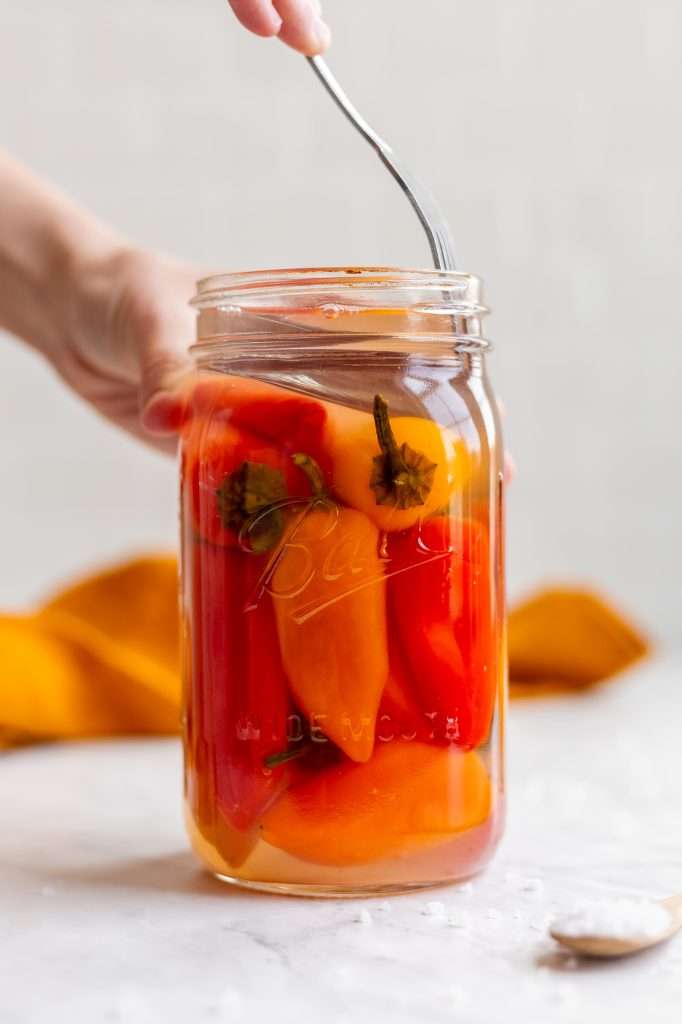

Fermented Pepperoncini Peppers
This fermented pepperoncini recipe is adapted from my basic fermented pepper recipe that you can find in our Learn How to Ferment Any Type of Pepper blog. These fermented pepperoncini taste similar to pickled peppers, but with a more deep umami flavor. When you use this recipe, the fermented peppers are so well preserved that they last in the fridge for over two years. They’re quite delicious, so I don’t think you will need to store them that long.
- Prep: 15 minutes
- Total Time: 672 hours 15 minutes
Ingredients
- 400 grams Italian sweet peppers
- 550 grams water
- 43 grams sea salt
Instructions
- Wash your fermentation equipment, including the jar, weight, and lid.
- Wash your peppers and chop to your desired consistency, or leave them whole. You can chop into pepper rings, slices or minced.
- Place your kitchen scale on the counter. Turn it on and set it to weigh in grams.
- Place a mixing bowl on your kitchen scale and tare/zero the scale.
- Add your peppers into the bowl on your scale until the scale reads 400 grams.
- Remove the bowl from your scale and set it aside. Place your empty, clean mason jar on the scale, and tare/zero the scale. Make sure your scale is still set to grams, and add 550 grams of filtered water to your mason jar.
- Add the peppers from your bowl, into the mason jar with water. If you left your peppers whole, you may need to squeeze them into the jar to make them all fit. If some water is displaced out of the jar when you add the peppers, it’s fine, just pour a little of the water off if there is too much.
- Place a small bowl on your scale and tare/zero the scale. Weigh out 43 grams of sea salt. Then add the salt to the jar of peppers and water.
- Place your standard mason jar lid on the jar, and secure it. Shake the jar for 2 minutes.
- Remove the standard mason jar lid. Place your fermentation weight in the jar making sure to submerge all of the pepper pieces and weight fully in the liquid.
- Secure the jar lid to the mason jar.
- Ferment for 4 to 5 weeks.
- (optional) After five weeks I remove the fermentation weight and add a splash of apple cider vinegar to the jar and give it a stir. I like how this balances the flavor.
- After fermentation, remove the fermentation weight and store in the fridge. The peppers should keep for two years in refrigeration.
Notes
- Taring/zeroing the scale with a container on it subtracts the weight of the container, allowing you to weigh only what is added to the container. After taring/zeroing the scale, the scale should read 0.0 with the container on it.
- Peppers sold in a bag are triple washed and lack the essential microbes for the fermentation process. If using bagged peppers, I highly suggest adding two fresh cabbage leaves to this recipe as a “starter” for fermentation. You can eat the cabbage leaves after, or just compost them.
- during the first few days of fermentation, carbon dioxide is produced and you will need to burp the jar.





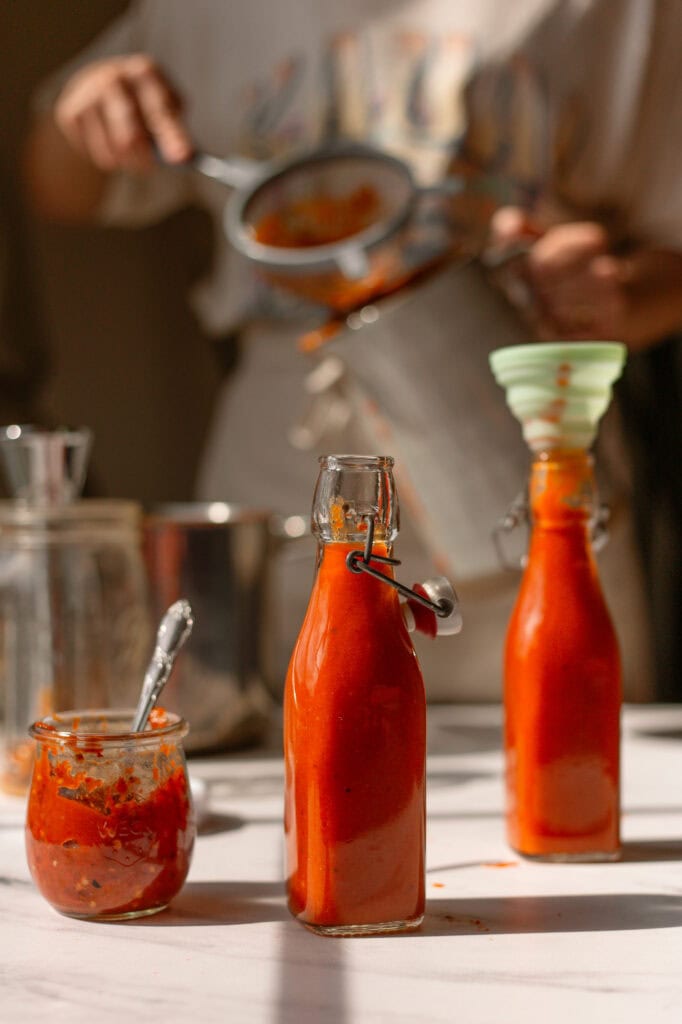


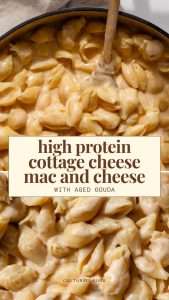


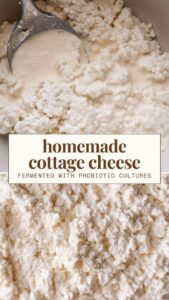
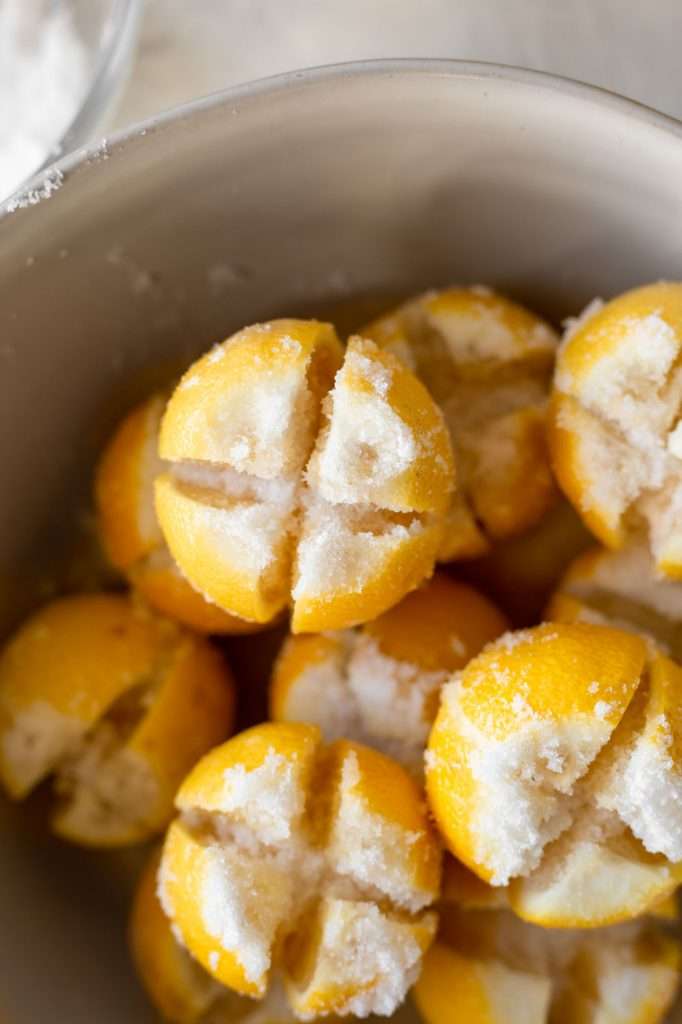
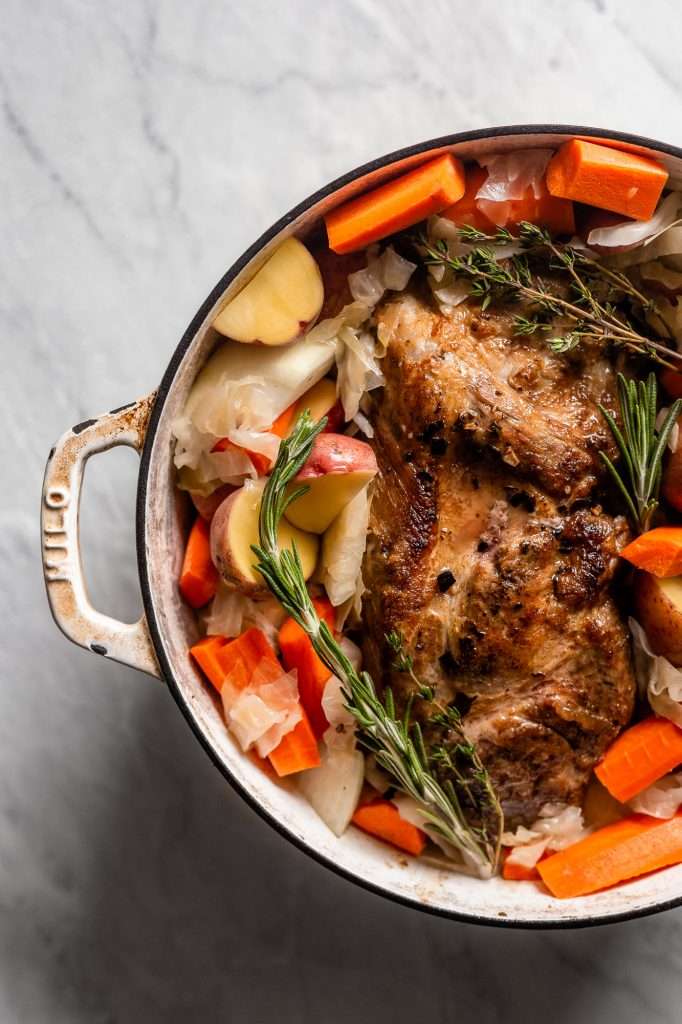
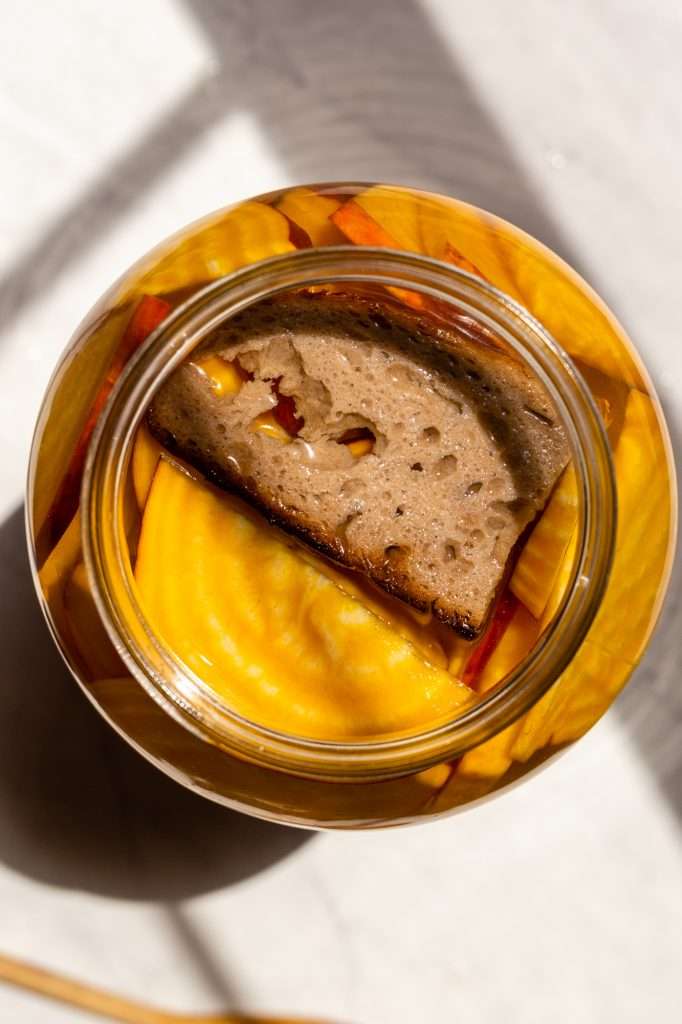
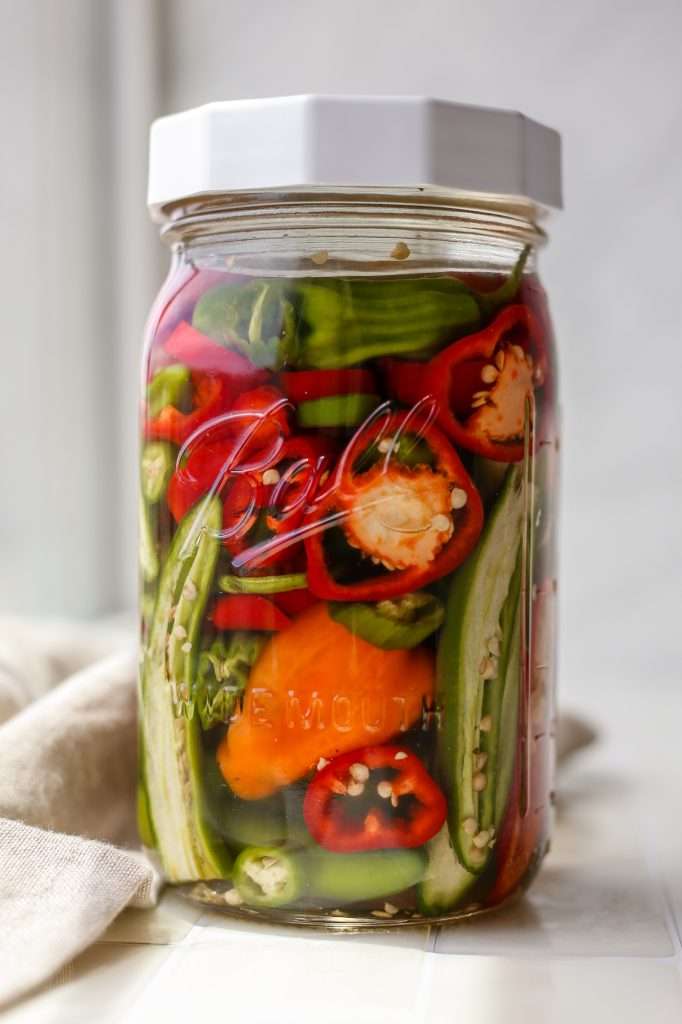
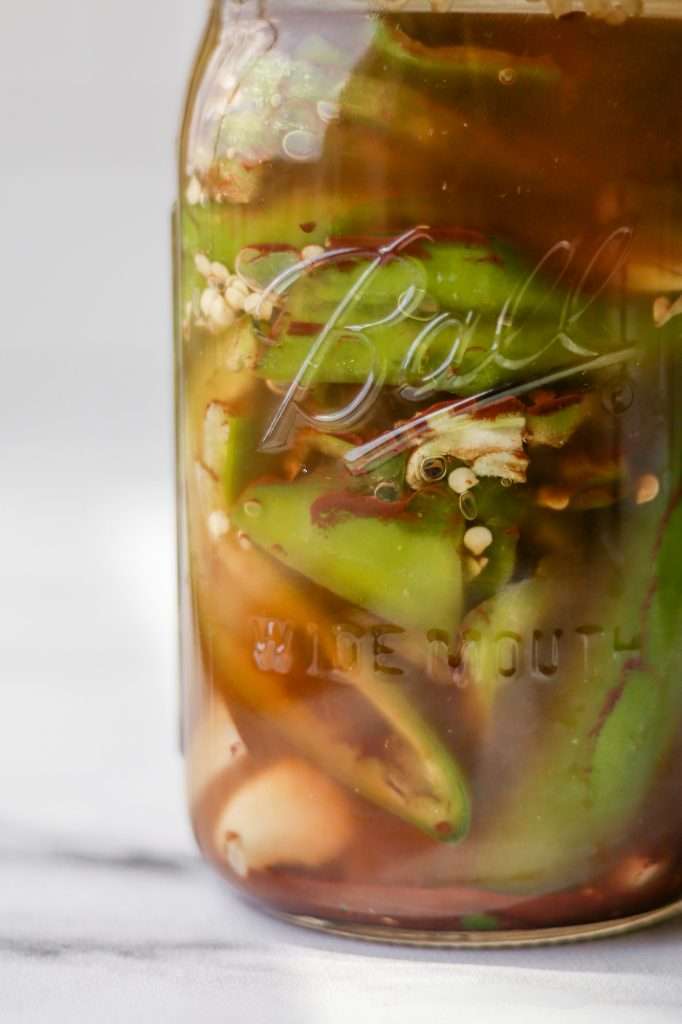
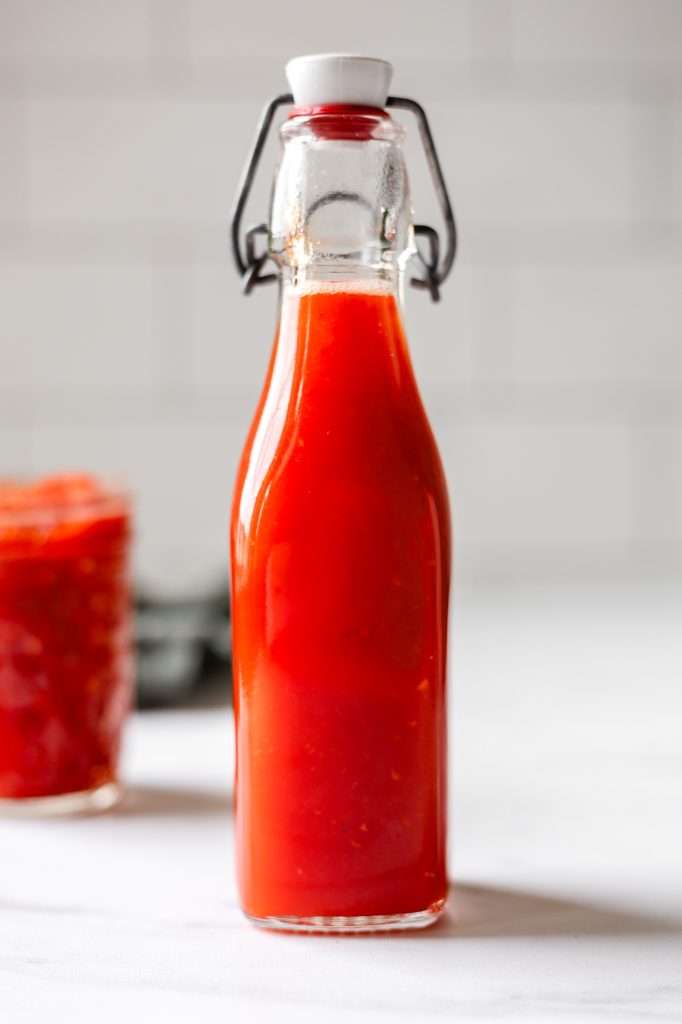

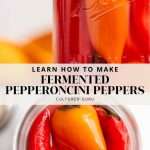
Love it!
I just burped my jar of whole pickles today, for the firat time and I felt so much excitement! I am waiting for my jalapenos to get a little bigger then they will be getting fermented next!! Thanks!!
Should my peppers be bubbling the way my pickles did? I used a weck jar without the rubber seal….mistake or okay??
It’s fine. If you use a weck jar without the rubber gasket, the gas can escape without needing to burp the jar, so you won’t notice the bubbles as much.
Should my peppers be bubbling? I used a weck jar without the rubber seal….mistake or okay??
I havent had to burp mine? I used a weck jar without the rubber seal….mistake or okay??
I use a weck jar spur fermenting all the time, and have never had to burp them even though I do put the seal on them. They seem to burp just fine on their own. That is the beauty of a weck jar!
Can these ratios of salt/water/peppers work for all kinds of peppers?
Hmmm I dont have a cabbage leaf to add, how would a spoonful of fermented saurkraut work to get the fermentation started? Or maybe just liquid from the saurkraut? Thank you!
You can try adding a spoonful of sauerkraut. It should work alright!
Love your site!
i got lost when you addressed fermentation weight when you start adding the lid. Love to make it but got confused
you put the lid on without the weight to shake it and dissolve the salt. Then you take off the lid, place the weight in the jar, and put the lid back on.